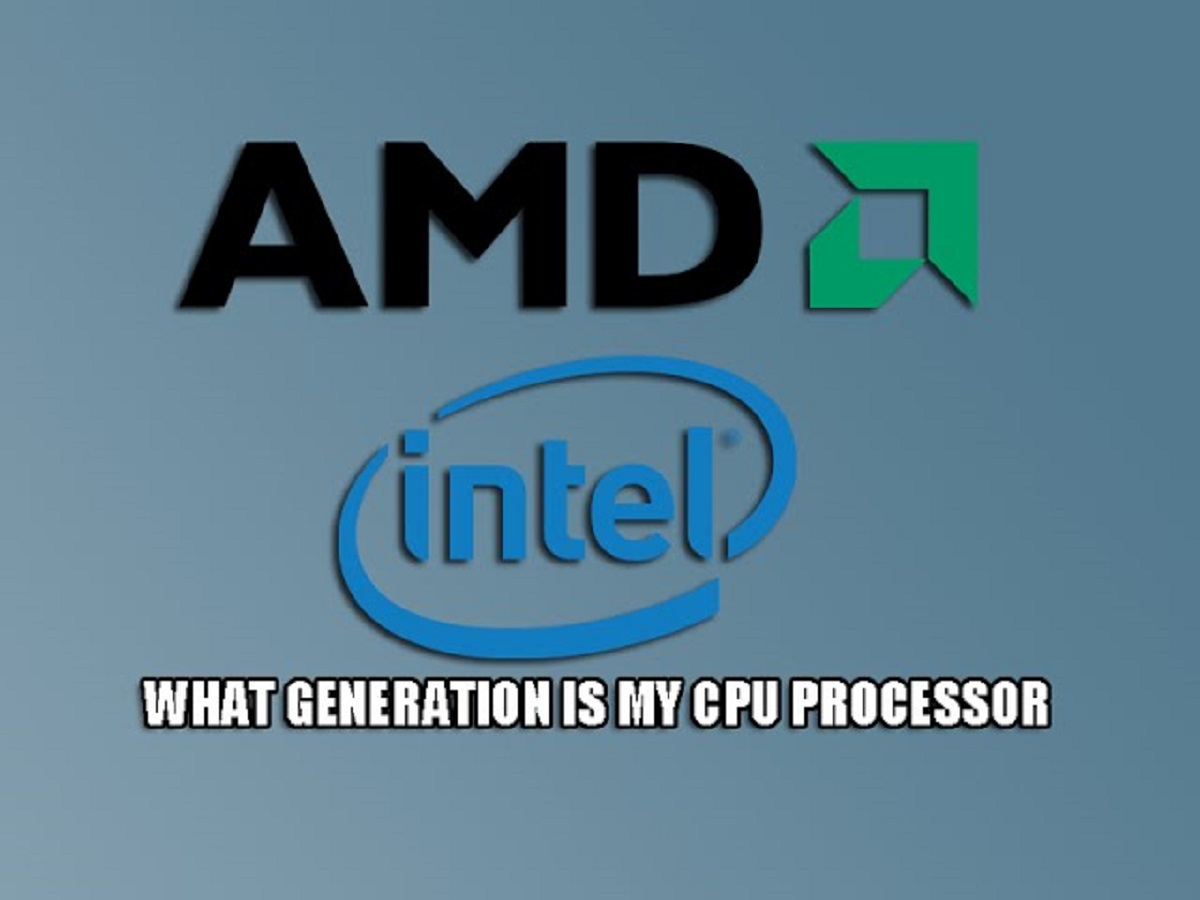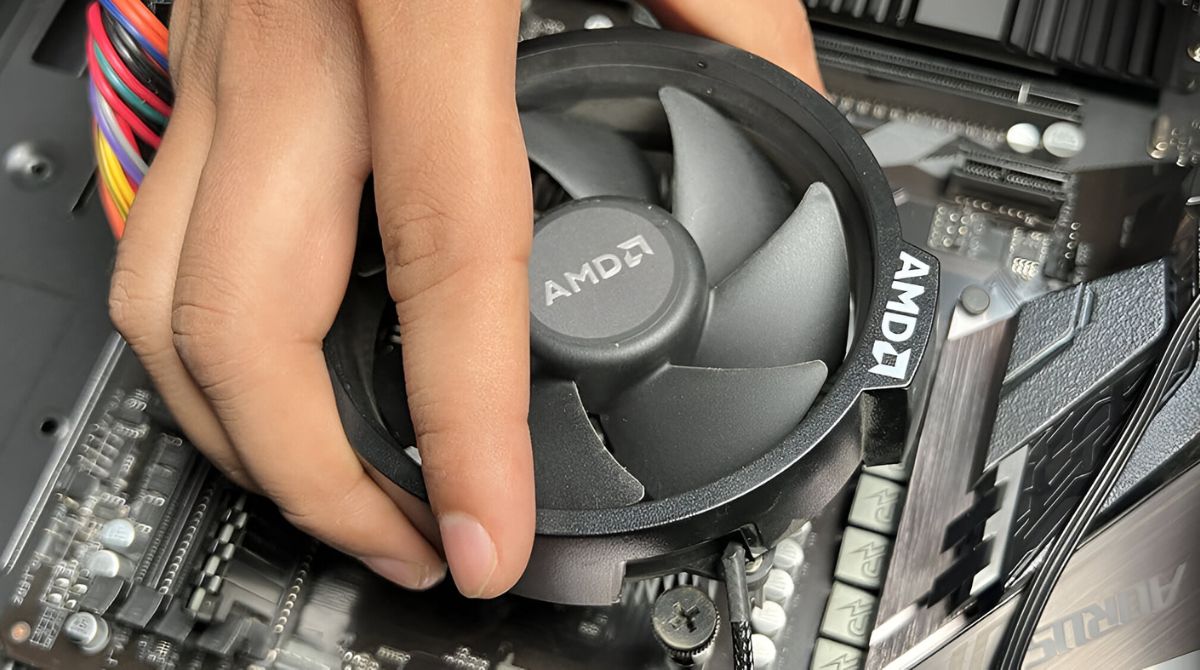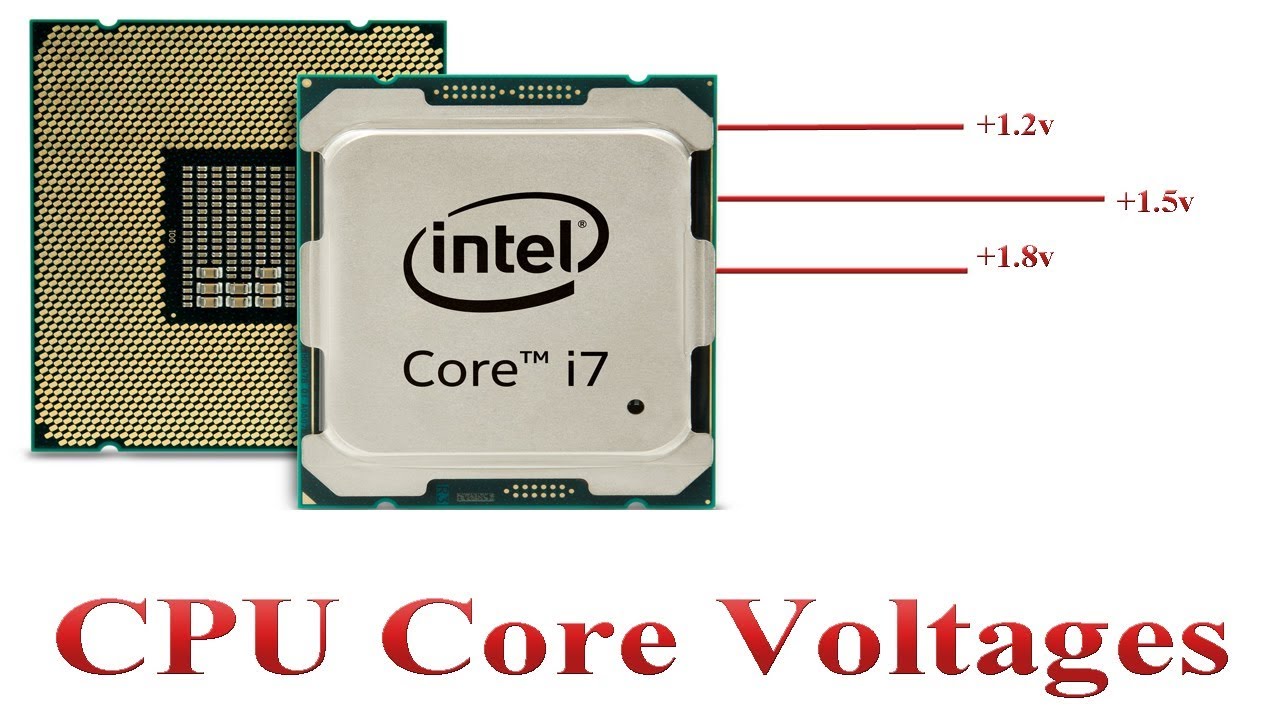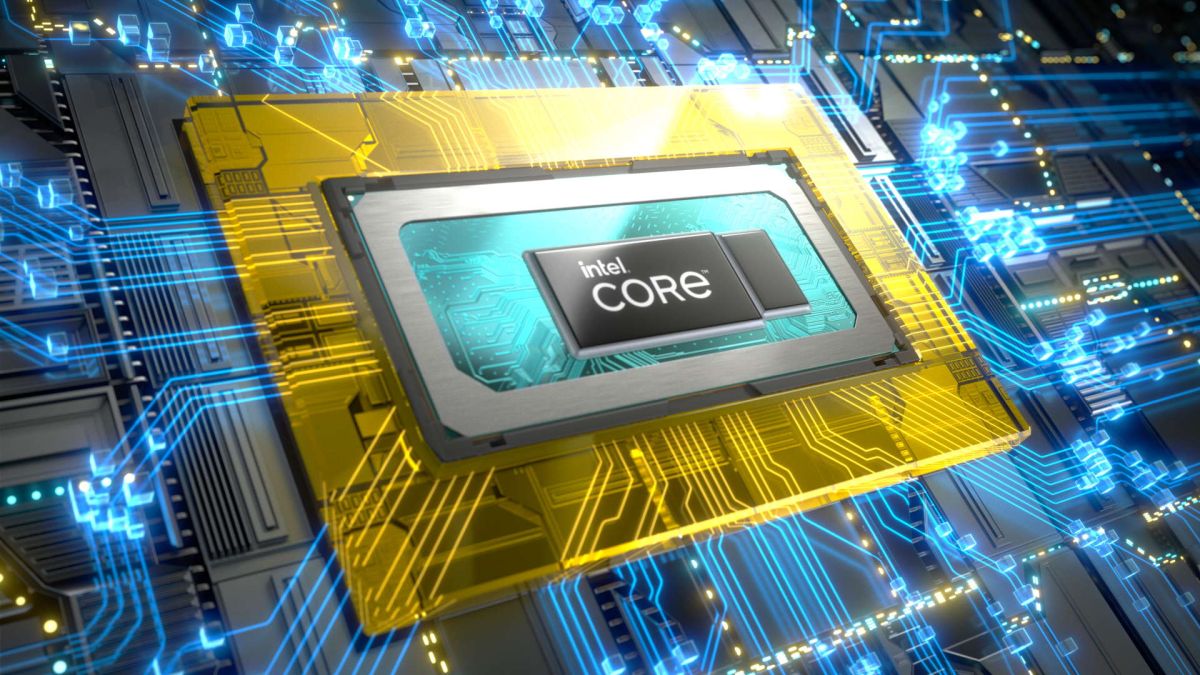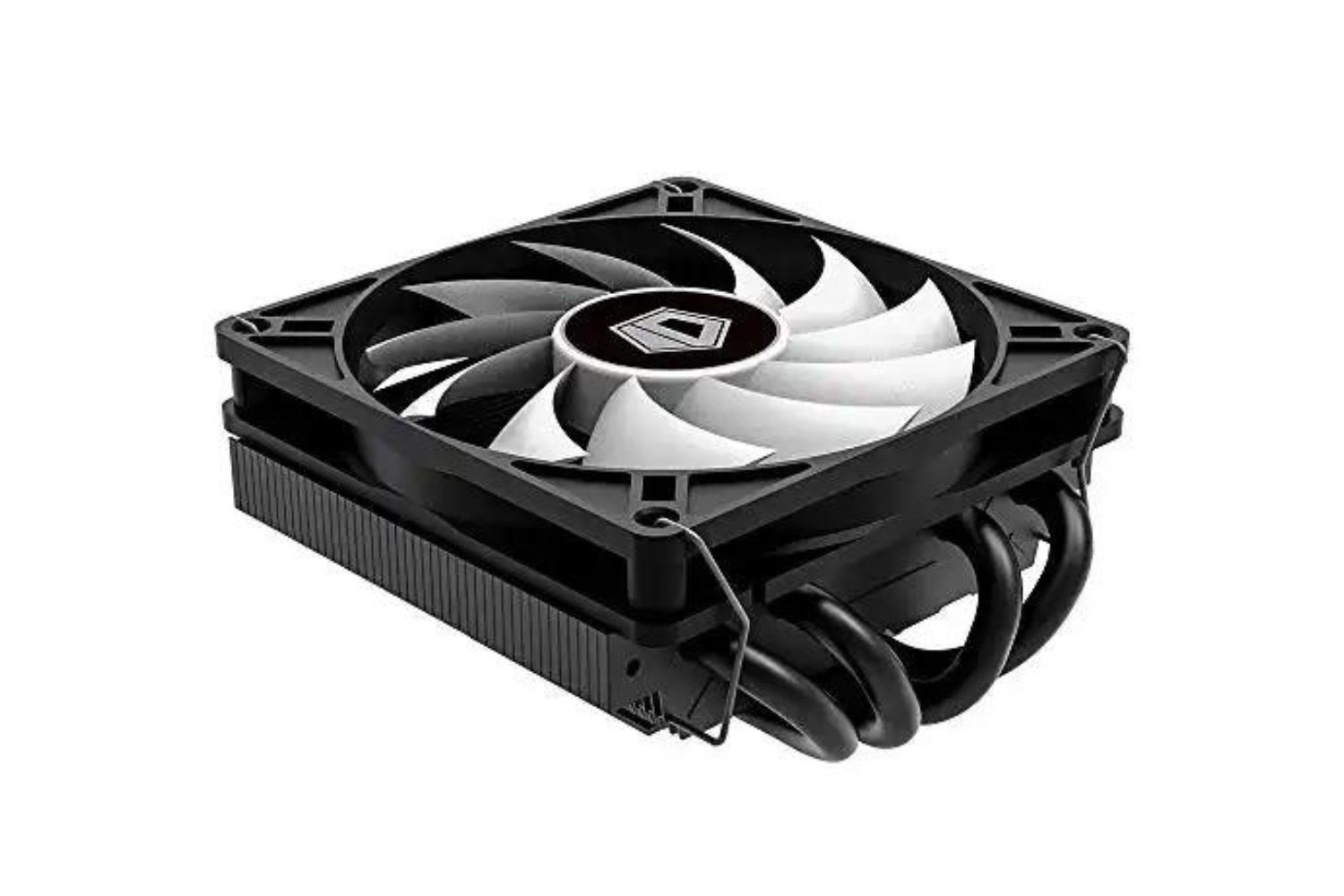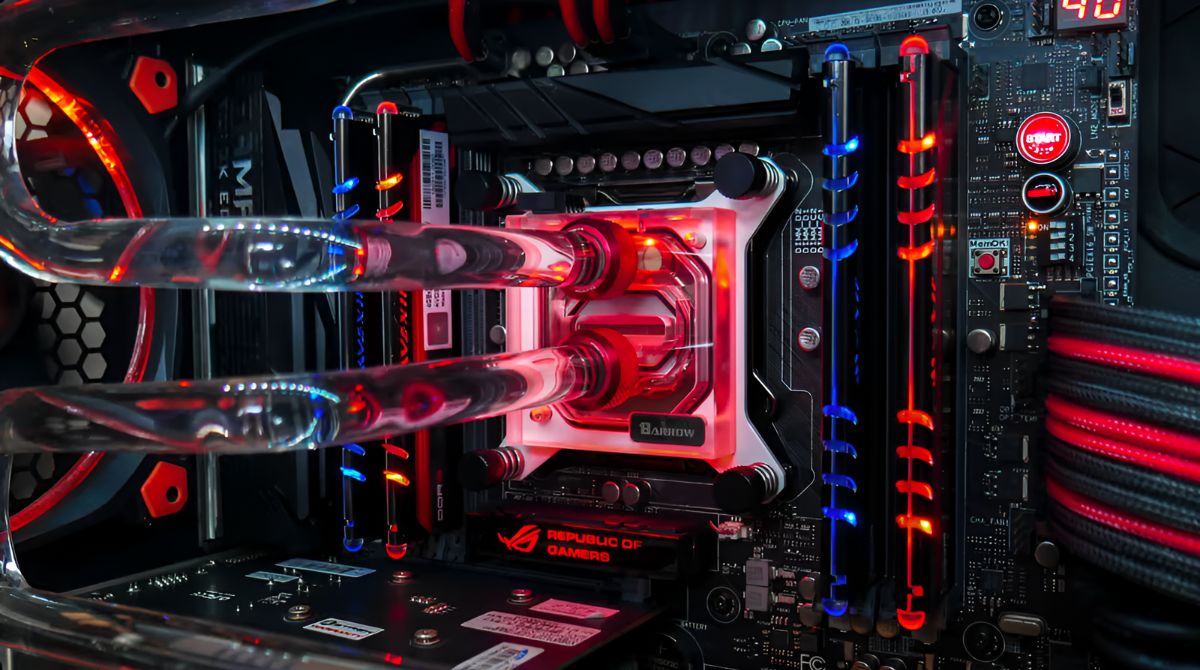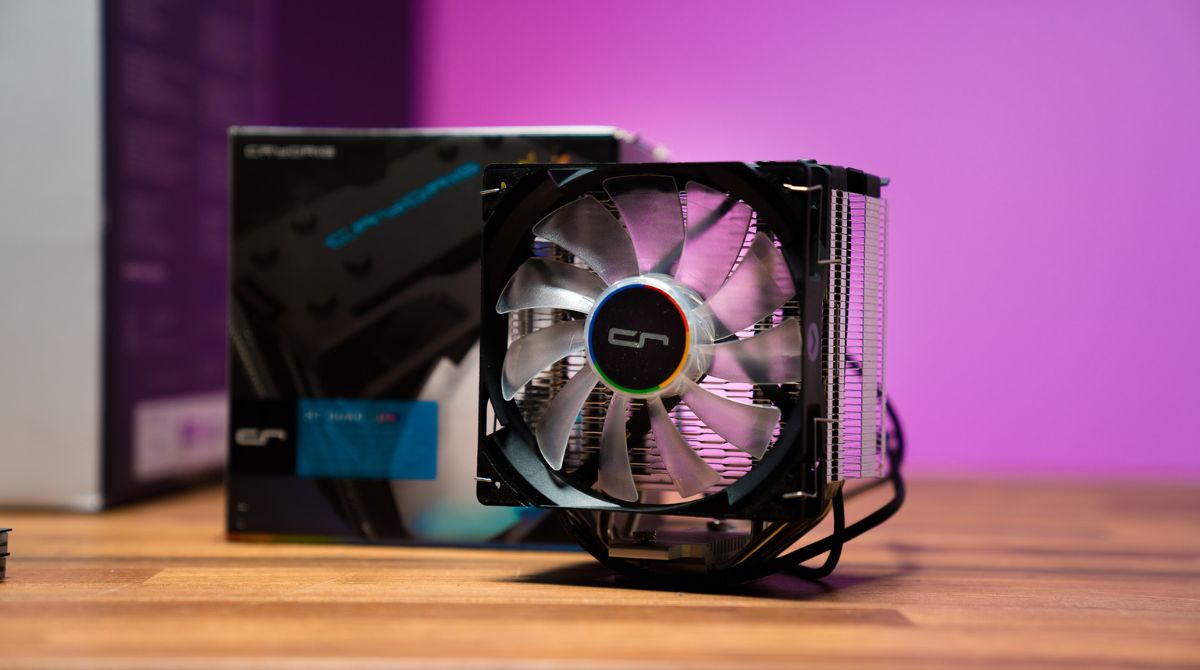Introduction
A central processing unit (CPU) is the brain of any computer system, responsible for executing instructions and performing calculations. Over time, CPUs have evolved and improved, with each new generation bringing advancements in speed, power efficiency, and overall performance. Understanding the generation of your CPU is essential, as it can affect the compatibility of your system with certain software and the overall computing experience.
In this article, we will explore the importance of knowing what generation your CPU belongs to and how to determine it. We will also discuss common CPU generations and considerations when upgrading your CPU.
Knowing the generation of your CPU provides insight into its capabilities, architecture, and potential limitations. It helps you understand whether your computer is equipped to handle the latest software and technologies.
Whether you are an avid gamer, a professional designer, or simply use your computer for everyday tasks, knowing your CPU generation can assist you in making informed decisions about hardware upgrades and optimizing your system’s performance.
What is a CPU?
A CPU, or central processing unit, is the primary component of a computer that performs instructions and calculations. It acts as the brain of the system, executing tasks and coordinating the operations of other hardware components. The CPU consists of several key elements, including the control unit, arithmetic logic unit (ALU), and cache memory.
The control unit fetches instructions from the computer’s memory, decodes them, and directs the ALU to perform the necessary calculations or operations. The ALU handles arithmetic and logical operations such as addition, subtraction, comparison, and decision-making.
CPU performance is influenced by various factors, including clock speed, number of cores, cache size, and architecture. CPUs with higher clock speeds can execute instructions more quickly, while multi-core CPUs can handle multiple tasks simultaneously.
Cache memory is a small, high-speed memory located on the CPU itself. It stores frequently accessed data for faster retrieval, reducing the need to access data from slower RAM. Different generations of CPUs may have varying cache sizes and levels, affecting performance.
In addition to executing instructions, CPUs also handle the management of other hardware components, such as storage devices, input/output devices, and system memory. They enable communication between these components and ensure the smooth operation of the computer system as a whole.
Overall, the CPU plays a critical role in determining the speed and efficiency of a computer. As newer generations of CPUs are developed, they bring advancements in performance, power efficiency, and capabilities that contribute to a better computing experience.
Why Does the Generation of a CPU Matter?
The generation of a CPU is a crucial factor to consider when assessing a computer’s performance and compatibility with software and hardware. Here are a few reasons why the CPU generation matters:
- Performance: Newer CPU generations often come with improved performance capabilities, such as faster clock speeds, increased core counts, and enhanced architectural designs. Upgrading to a newer generation CPU can significantly boost your system’s processing power, allowing for smoother multitasking, faster application launches, and improved overall performance.
- Software Compatibility: Some software applications are specifically designed to take advantage of the features and capabilities of newer CPU generations. Using an outdated CPU may limit your ability to run certain software programs or cause them to run slower than intended. Keeping your CPU up-to-date ensures compatibility with the latest software releases and optimizations.
- Power Efficiency: With each new CPU generation, manufacturers strive to improve power efficiency by reducing power consumption and heat generation. Newer CPUs are designed to deliver improved performance while consuming less energy, leading to cost savings on electricity bills and a reduced environmental footprint.
- Hardware Compatibility: Upgrading to a newer CPU generation may require a motherboard that supports the corresponding socket type and chipset. Different generations of CPUs may have different chipsets and socket arrangements, and using a mismatched motherboard could result in compatibility issues. It’s important to verify compatibility before upgrading your CPU.
- Future-Proofing: Investing in a newer CPU generation can extend the lifespan of your computer and ensure compatibility with future technologies and software advancements. Keeping up with CPU generations helps future-proof your system, providing you with better performance and ensuring compatibility with upcoming software releases.
Considering the generation of your CPU is essential for optimizing your computer’s performance, ensuring software compatibility, minimizing power consumption, and keeping your system up-to-date with the latest technological advancements. Whether you are a gamer, content creator, or professional user, a modern CPU can make a significant difference in the speed, efficiency, and capabilities of your computer.
How to Determine the Generation of Your CPU
Determining the generation of your CPU is relatively straightforward. Here are a few methods you can use:
- Check the Manufacturer’s Website: Visit the website of the CPU manufacturer, such as Intel or AMD, and look for information on CPU generations. They often provide detailed specifications and product listings that indicate the generation.
- Consult the System Information: On Windows, you can access the System Information tool by pressing the Windows key + R, then typing “msinfo32” and hitting Enter. Look for the “Processor” or “CPU” section, which should display the model and generation information.
- Use Third-Party Software: Several third-party software programs can provide detailed information about your CPU, including the generation. Programs like CPU-Z and Speccy can give you an overview of your system’s hardware, including the CPU model and generation.
- Read the CPU Documentation: If you still have the original documentation or packaging for your CPU, it usually provides information about the model and generation. Look for labels or markings on the CPU itself as well.
- Consult the Motherboard Documentation: In some cases, the motherboard manual or documentation may reference the supported CPU generations. This can help you determine the compatible CPU generations for your system.
By using these methods, you can easily determine the generation of your CPU. Once you know the generation, you can make informed decisions about upgrades, compatibility, and optimizations for your system.
Common CPU Generations
Over the years, there have been several notable CPU generations that have brought significant advancements in performance and technologies. Here are some of the common CPU generations:
- Intel 4th Generation (Haswell): Released in 2013, the Intel 4th Generation CPUs brought improvements in power efficiency and introduced the LGA 1150 socket. They offered increased performance and support for technologies like Thunderbolt and USB 3.0.
- Intel 6th Generation (Skylake): Introduced in 2015, the Intel 6th Generation CPUs showcased advancements in architecture and power efficiency. They utilized the LGA 1151 socket and brought support for DDR4 memory.
- Intel 8th Generation (Coffee Lake): Launched in 2017, the Intel 8th Generation CPUs delivered improved performance and introduced the LGA 1151 v2 socket. They offered more cores and higher clock speeds, making them suitable for gaming and content creation.
- AMD Ryzen 3000 Series: Introduced in 2019, the AMD Ryzen 3000 Series CPUs marked a significant breakthrough for AMD. They offered higher core counts, improved single-threaded performance, and efficient power consumption, making them popular for both gaming and productivity tasks.
- AMD Ryzen 5000 Series: Released in 2020, the AMD Ryzen 5000 Series CPUs brought further advancements in performance, utilizing the Zen 3 architecture. They offered improved gaming performance and power efficiency, solidifying AMD’s position in the CPU market.
- Intel 11th Generation (Tiger Lake): Launched in 2020, the Intel 11th Generation CPUs introduced the new Willow Cove architecture. They showcased improved integrated graphics performance, power efficiency, and support for Thunderbolt 4 and Wi-Fi 6.
It is essential to note that these are just a few examples of common CPU generations, and there are many more iterations and variations within each generation. The specific CPU generations available in the market may vary, and it’s crucial to research and compare the specifications and performance of different CPUs before making a purchase.
Keeping up with CPU generations will assist you in understanding the latest technologies, performance improvements, and capabilities available for your computing needs.
What to Consider When Upgrading Your CPU
Upgrading your CPU can greatly enhance the performance of your computer. However, there are several factors to consider before making a decision. Here are some important considerations:
- Socket Compatibility: Ensure that the new CPU is compatible with your motherboard socket. Different CPU generations may require different sockets, so it is crucial to check compatibility before purchasing a new CPU.
- Power and Thermal Requirements: Newer CPU generations may have different power and thermal requirements. Check that your existing power supply and cooling solution can handle the increased demands of the upgraded CPU.
- Performance Needs: Assess your specific performance requirements. Determine whether your current CPU is meeting your needs or if an upgrade is necessary. Consider factors such as clock speed, core count, and cache size to choose a CPU that will improve your specific use cases, whether it is gaming, video editing, or other demanding tasks.
- Budget: Set a budget for your CPU upgrade. Balance the cost of the new CPU with the performance gains it will provide. Research and compare prices to find the best value for your budget.
- Future Compatibility: Consider how long the CPU will remain relevant and compatible with new technologies. Investing in a newer CPU generation will likely provide longer-term compatibility with future software releases and hardware advancements.
- Software and Application Requirements: Evaluate the software and applications you use regularly. Check for any specific CPU requirements or recommendations from the software developers. Ensure that the upgraded CPU meets or exceeds the recommended specifications for optimal performance.
- Upgrade vs. New System: Assess whether upgrading your CPU is the most cost-effective option in your situation. Depending on the age of your current system and your performance requirements, it may be more practical to consider building a new computer altogether.
By considering these factors, you can make an informed decision about upgrading your CPU. It is important to strike a balance between performance, compatibility, budget, and future-proofing to ensure that your upgraded CPU provides the desired improvements without unnecessary expenses or limitations.
Conclusion
The generation of your CPU plays a significant role in determining the performance, compatibility, and longevity of your computer system. Understanding the importance of CPU generations enables you to make informed decisions when it comes to upgrading your CPU and optimizing your computing experience.
By knowing the generation of your CPU, you can assess its performance capabilities, power efficiency, software compatibility, and hardware requirements. This knowledge allows you to ensure that your system is capable of running the latest software and technologies, providing you with a smoother and more efficient computing experience.
When determining the generation of your CPU, you can refer to the manufacturer’s website, consult system information, use third-party software, read CPU documentation, or refer to the motherboard documentation. These methods will help you accurately identify the generation of your CPU.
Common CPU generations, such as Intel’s Haswell, Coffee Lake, and AMD’s Ryzen series, have introduced significant advancements in performance, power efficiency, and architecture. Staying informed about the latest CPU generations will assist you in making the right choices when upgrading your system.
When considering a CPU upgrade, it is important to think about socket compatibility, power and thermal requirements, performance needs, budget, future compatibility, software requirements, and whether upgrading or building a new system is the best option for your specific situation.
In conclusion, understanding the generation of your CPU and its implications on performance and compatibility empowers you to make informed decisions about upgrades, ensuring that your system remains optimized and capable of handling the ever-evolving demands of modern computing.







